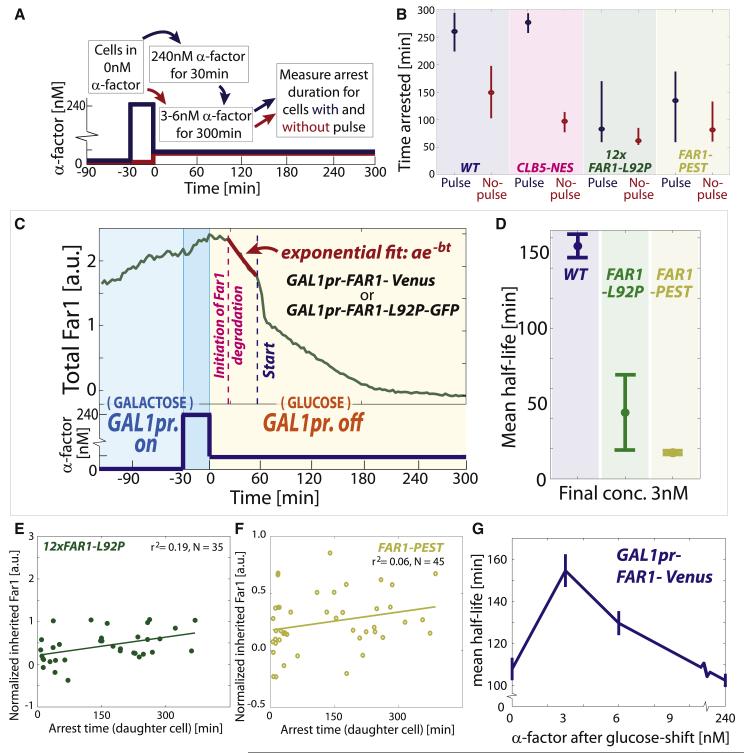Figure 6. Protein stability is required for intra- and inter-generational memory.
(A) Experimental schematic for intragenerational memory experiment. (B) WT and CLB5-NES cells have intragenerational memory, where the decision to reenter the cell cycle is based on the history of pheromone exposure during the arrest, while 12xFAR1-L92P and FAR1-PEST cells do not. Medians plotted with 95% confidence intervals computed using 10,000 bootstrap iterations. Note that about half of both the CLB5-NES and WT cells exposed to a pulse of high mating pheromone are arrested for the duration of the experiment (Fig. S7B). We therefore do not compare arrest durations for WT and CLB5-NES cells exposed to a pheromone pulse. (C) Conditional expression of FAR1 from a GAL1 promoter is used to measure half-life pre-Start in a series of pheromone concentrations. (D) Far1 half-life pre-Start in WT, FAR1-L92P, and FAR1-PEST cells in 3nM α-factor. (E-F) 12xFAR1-L92P and FAR1-PEST cells lack intergenerational memory as their arrest duration is independent of the amount of inherited Far1. (G) Conditional expression from a GAL1 promoter is used to measure Far1 half-life ± standard error pre-Start as in (C), but for a range of pheromone concentrations.

